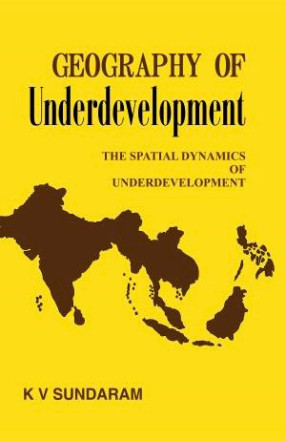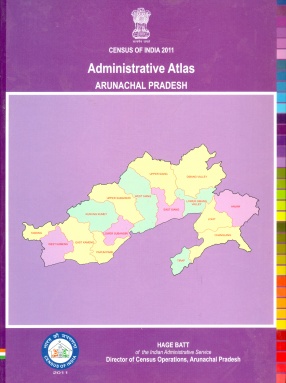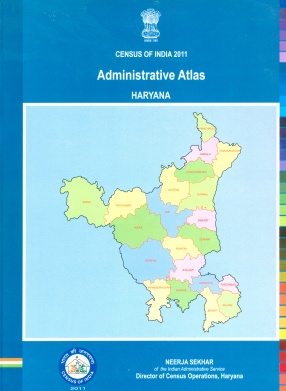Geography of Underdevelopment: The Spatial Dynamics of Underdevelopment
The persistence, and in some cases the accentuation, of spatial inequalities in development constitutes a crucial problem in the developing countries. This problem is one where policy prescriptions of government have been vague, unrealistic and ineffective. So far, we have no proper evaluations of the social and economic consequences of different strategies and policies for the development of backward areas. Judgements by planners and decision-makers have been largely intuitive. Too little is known about the effects of different policies relating to investments, incentives, income redistribution and welfare measures on the development of backward areas. Ad hoc methods of planning still continue in many developing countries. In this context, this book offers a fundamental critique of the problem of spatial inequalities characterising the developing countries, both from conceptual and empirical angles. In the first part of the book, the various concepts and theories relating to spatial inequalities in development are critically examined from the point of view of their relevance to the developing countries. In the second part of the book, the present structure of the space economy and policy directions for change characterising five developing countries in Asia Malaysia, the Philippines, Thailand, Indonesia and India where spatial inequalities are critical, are analysed. On the basis of these case studies, alternative policies and strategies are advocated. The central thesis of the work is that in order to keep the spatial inequalities in developing countries within certain tolerance limits , multilevel and multidimensional strategies are called for. A transition growth strategy based on the Point-line-Network principle, a typological approach to the problem and application of the comparative advantage principle in regional development are stressed. Measures for the reduction of leakages to a minimum and for internalising the development process to a maximum in the backward area are other concomitants of this approach. In considering the transition of a backward area, the directions of change have been visualised and a paradigm of shifts has been hypothesised. Taking the causes of underdevelopment into account, the strategies called for and the dominant lines of policy interventions necessary have been elaborated. The book is a landmark in the study of spatial inequalities and will be essential reading for any student, practitioner or policy-maker of Regional Planning and Development.
Get it now and save 10%
BECOME A MEMBER











Bibliographic information